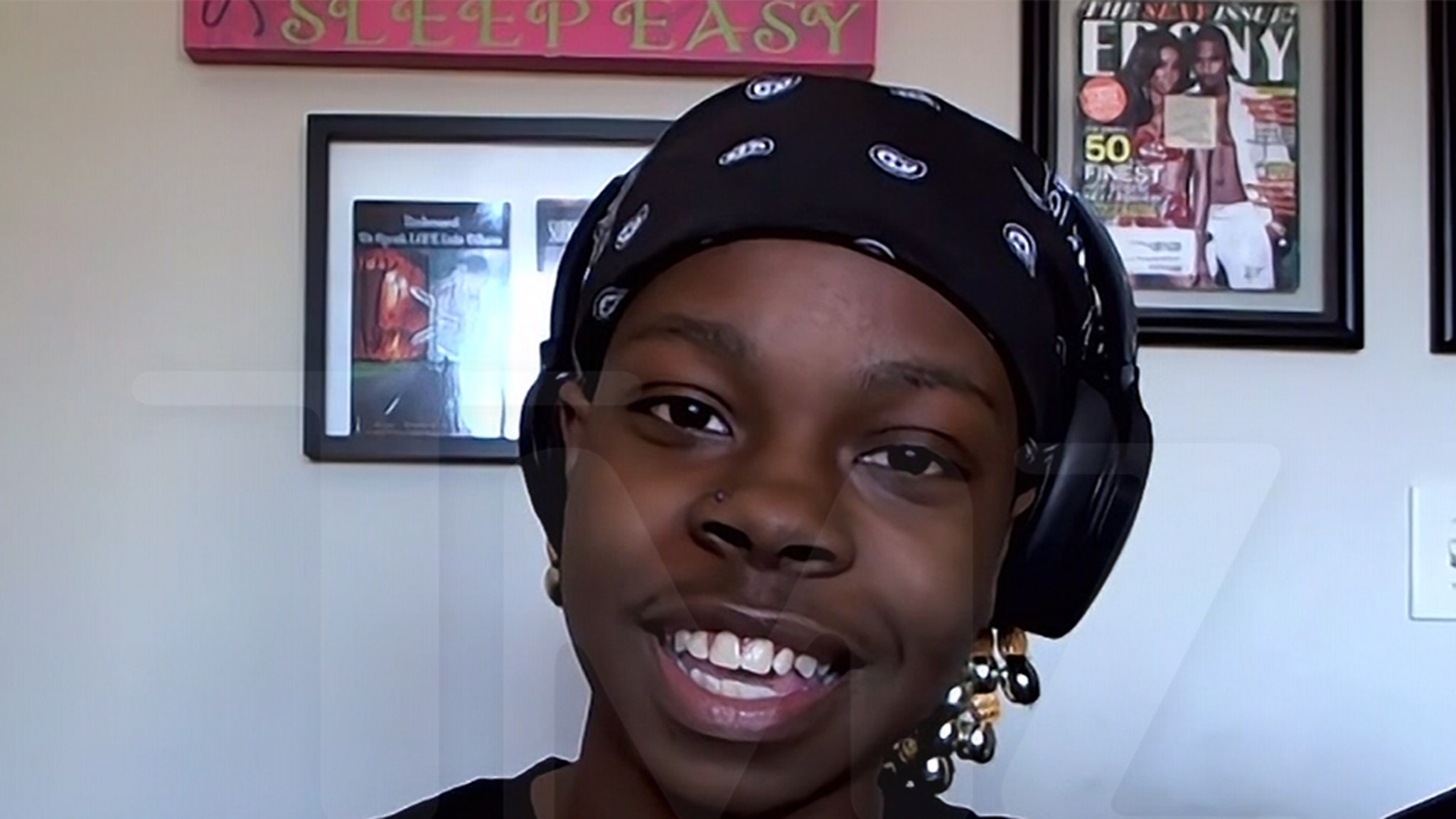The following post contains SPOILERS for the first two episodes of The Last of Us.
The Last of Us isn’t just a great adaptation of a video game; it’s an extremely faithful one. Besides the characters, the backstories, and the premise, the first two episodes of HBO’s adaptation include images and even lines of dialogue lifted straight out of the game. Some moments combine both — like when Ellie gazes out at the ruined skyline of Boston and remarks “But man, you can’t deny that view.” Heck, a lot of the characters wear the same clothes as in the game.
For all those similarities, though, there is one really major change to the world of The Last of Us on television, and that’s how the Cordyceps fungal infection is spread. In The Last of Us games, the infection can be passed through bites, just like all good zombie infections get passed from person to person. But in the games they can also be passed through spores which hang in the air.
Episode 2 of the show makes it clear that that’s not the case in this version of The Last of Us. While bites are still just as deadly — at least for people who aren’t Ellie — the uninfected no longer need to worry about Cordyceps spores, or carry around gas masks like they did in the game. Instead, like some real-life fungus, the Last of Us show’s infected share a kind of hive mind that is also connected to the Cordyceps that’s all around our heroes as they make their way through the ruined city. And because all the infected are connected, a noise in one place can awaken hundreds of zombies somewhere else, who will then race to wherever that sound was heard.
In the “Inside the Episode” aired after The Last of Us Episode 2 on HBO, series co-creator Craig Mazin explained why this fairly significant change was made to the series’ zombie mythology. “In the game,” Mazin said, “[the infection] spreads through biting and saliva but it can also spread through the air, through spores. And while that works in a video game environment, in real life spores move around everywhere. And it’s just harder to buy into the notion that spores localize and don’t spread.”
It might seem at first glance like the TV series would be less scary than the game if the characters can’t catch the infection at any moment just by breathing in a stray spore. After all, the first episode of the show played up the connections between the show’s fungal infection and our own pandemic of the last few years, when an errant cough or sneeze has felt like a potentially fatal act. Removing the airborne component of the Cordyceps infection could potentially blunt some of the show’s allegorical impact.
In practice, though, this Last of Us episode was still extremely scary. By turning the infected into a hive mind that works along what Mazin calls the “wood-wide web,” and can be activated at any moment, the show has even more dread than segments of the game. Now any wrong step can put the characters in peril in seconds. The change also gives the show room to try new things; to surprise viewers with sequences they won’t anticipate because they’ll also be different from the game. After all, scares aren’t quite as terrifying if you know they’re coming.
Plus, now The Last of Us doesn’t have to stick Pedro Pascal in a gas mask for 20 minutes every week or two.
New episodes of The Last Of Us premiere on HBO and HBO Max on Sunday nights at 9PM ET.
10 TV Actors Who Were Replaced For Controversial Reasons
These actors were replaced from hit shows under clouds of controversy.


































































![‘The Last of Us’ Recap: Season 1, Episode 2: [Spoiler] Dies ‘The Last of Us’ Recap: Season 1, Episode 2: [Spoiler] Dies](https://tvline.com/wp-content/uploads/2023/01/the-last-of-us-recap-season-1-episode-2.jpg?w=624)













